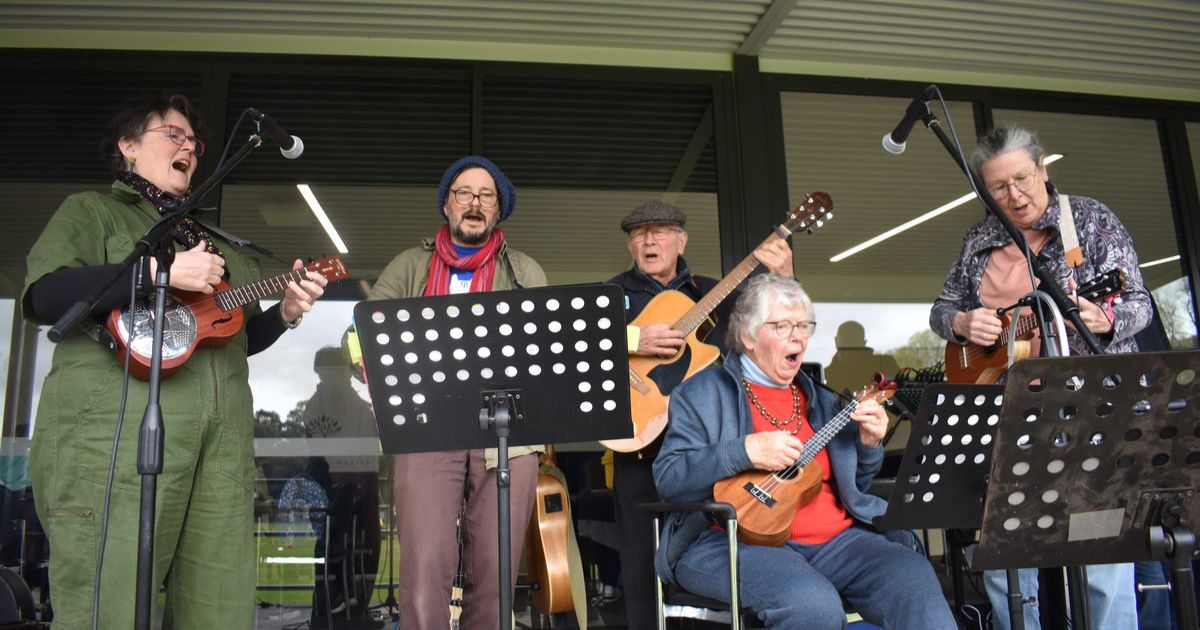No back-to-back mortgage relief as RBA holds rates

Mortgage holders will have to wait longer for more relief after the RBA kept interest rates on hold. Photo: File
The Reserve Bank of Australia has kept interest rates on hold, denying borrowers back-to-back mortgage relief.
As widely expected by economists, the RBA’s new monetary policy board held the cash rate steady at 4.1 per cent as its first meeting on Tuesday.
Markets had priced in just a 10 per cent chance of a cut, despite the central bank kicking off a long-awaited rate easing cycle in February.
Hawkish commentary from governor Michele Bullock and other RBA officials – pouring cold water on market predictions for further cuts – had tempered expectations.
“The board is resolute in its determination to sustainably return inflation to target and will do what is necessary to achieve that outcome,” the board said in its post-meeting statement.
The board has reiterated its concerns that tightness in the labour market could risk keeping inflation higher for longer.
But a softer-than-expected employment release from the Australian Bureau of Statistics in March – 53,000 jobs dropped out of the economy – showed early signs of a loosening in labour force indicators, said CoreLogic research director Tim Lawless.
Inflation showed further signs of easing in monthly figures released last week, but the RBA will be looking for more proof of a sustainable return to its two-three per cent target band.
“The outlook for interest rates remains positive, with the cash rate likely to reduce further in 2025, but only gradually,” Mr Lawless said.
“The quarterly inflation outcome, which will be released on April 30 ahead of the RBA’s next board meeting, will be a key factor influencing the RBA’s decision in May.”
While the board remained locked in their conclave earlier on Tuesday, the ABS reported retail sales grew at 0.2 per cent in February.
That was slightly below consensus expectations for a 0.3 per cent rise in spending, but further bolsters the case that household consumption was recovering, if only very gradually.
Food-related spending drove the rise, with household goods dropping for a second-straight month, said ABS head of business statistics Robert Ewing.
“Following promotion-based growth across the December quarter, spending on household goods continued to moderate with lower discretionary spending to begin the year,” Mr Ewing said.
The figures don’t materially change the outlook for consumer spending, said Sean Langcake, head of macroeconomic forecasting for Oxford Economics Australia.
But low unemployment and real wages growth bode well for future consumption.
“Last week’s federal budget also contained more support for households through extended utilities rebates and tax cuts, which further shores up the outlook if these policies are legislated,” he said.
By Jacob Shteyman AAP

















